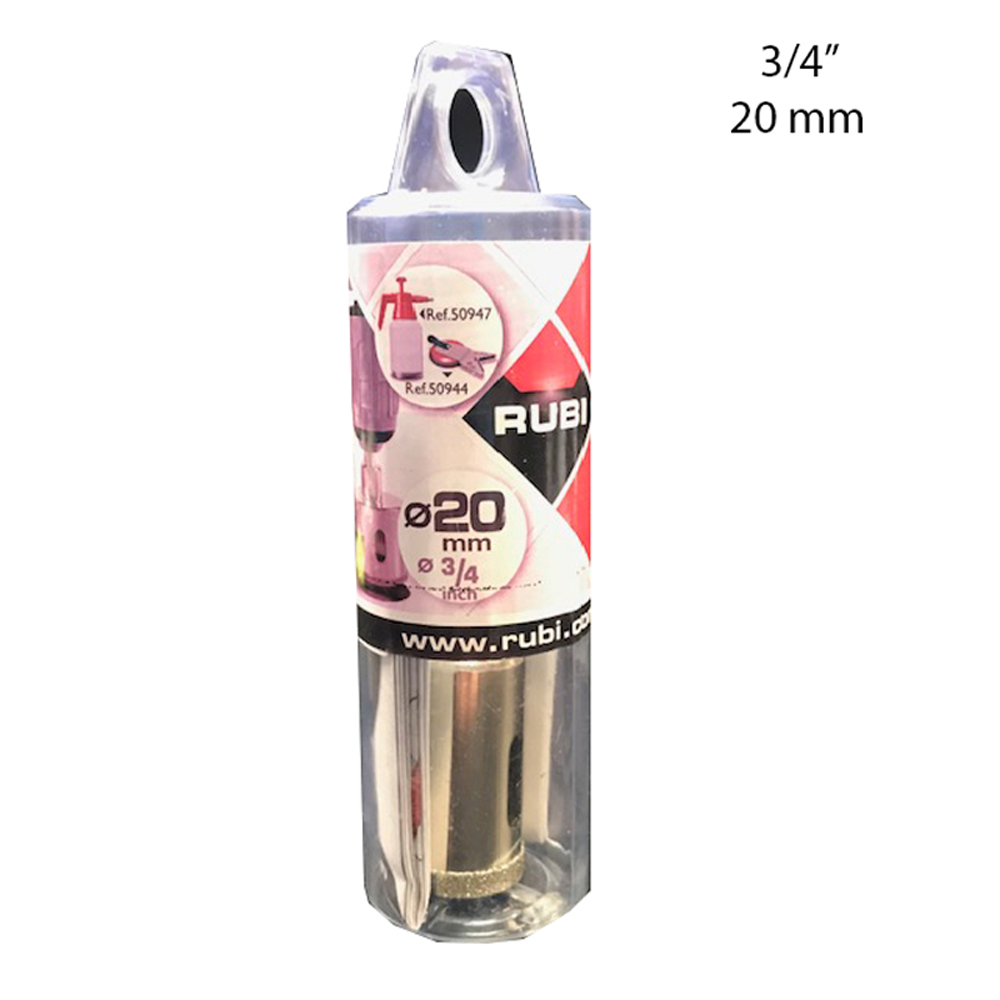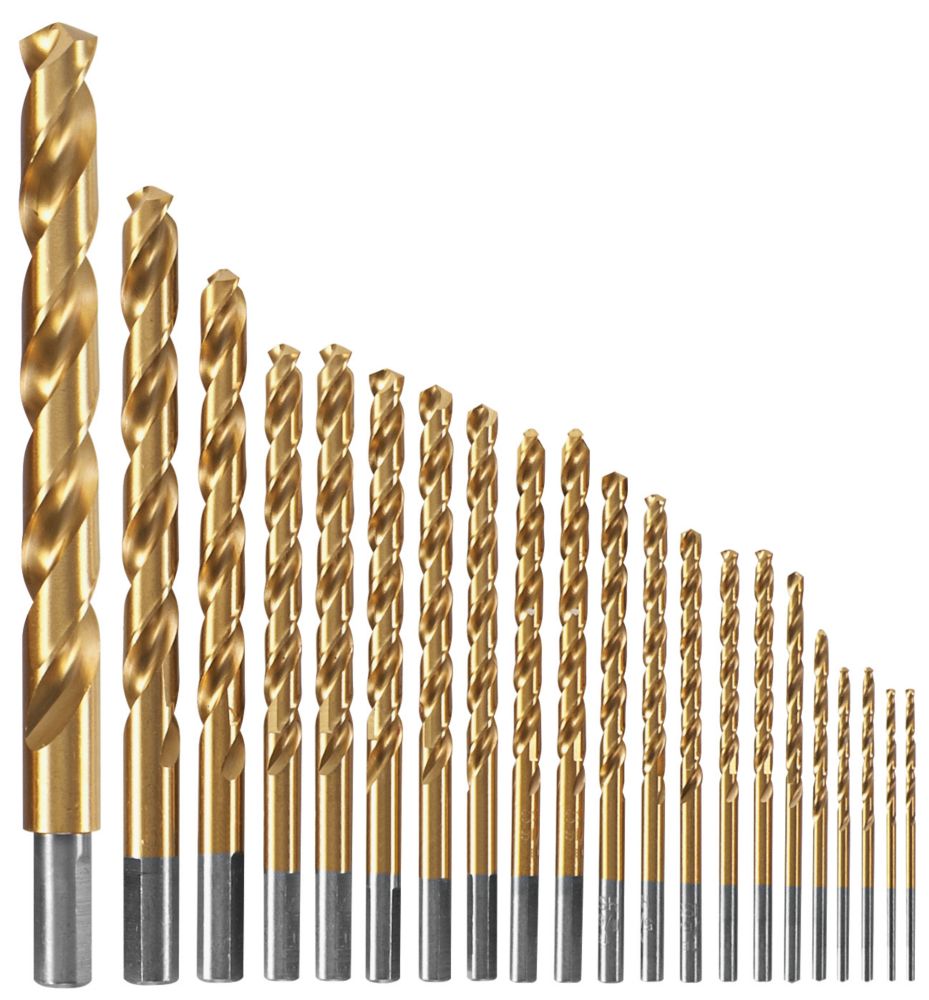

We’ve already mentioned that drill bits can be made out of different materials with varying hardness. That said, it’s still worth checking that any drill bits you buy are going to be compatible with your power tool. If you’re using a normal drill, then this isn’t something you really need to worry about. If it’s the wrong shape, then the drill won’t be able to clamp down on the bit and hold it securely in place. The shank of a bit is the section that inserts into the chuck of the drill. If you’re going to be using one of these tools, then you need to ensure that any drill bit you choose has the correct shank shape. You should always decide on the type of hole you want to make first, and then pick out the right drill bit size for the job.Īlthough most drills are built to accept a standardized drill bit shape, there are some specialist drills that need their own special bits.

The truth is that there are loads of different types of drilling holes and there are drill bits designed to produce each one. Maybe you’re drilling a pilot hole for a screw, or perhaps you need a much wider hole that can house a piece of dowel. You also need to consider the type of hole that you want to create. Unfortunately, it’s not as easy as just picking out the wood drill bit when you need to drill into a plank. What type of drilling holes do you want to make? For now, it’s enough to know that the material being drilled into is going to have a huge impact on the drill bit that you choose. We’ll go into this in more depth later on in the article.

Very hard bits can be used with surfaces like stone and metal, whereas the softer drill bits are most effective with wood. A drill bit that can bore through wood with ease might not work as well with metal, so it’s extremely important to know what you’re working with when choosing the right drill attachment.ĭrill bits are made of different materials and have different levels of hardness. One of the biggest things to think about is the material you’re drilling into.


 0 kommentar(er)
0 kommentar(er)
